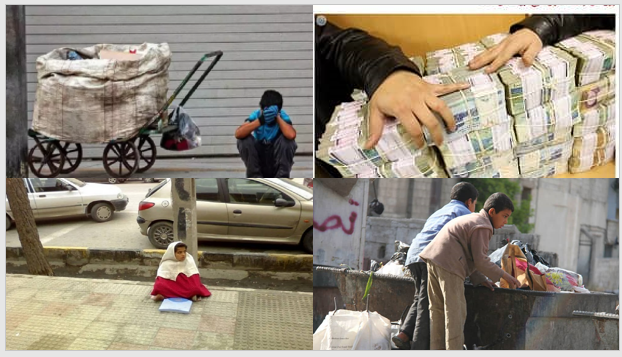
In a recent development, Fereydoon Abbasi, a member of the Majlis (Parliament), proposed the establishment of a “national data center.” Tabnak newspaper reported on August 21 that Abbasi believes “security, commercial and economic data should not be transparent and we should have a national data center that decides what figures can be published.”
This proposal comes at a time when key governmental bodies are no longer required to disclose economic statistics. Both the central bank and the Ministry of Industries, Mines, and Trade have been excused from publishing their respective data. Moreover, the Statistics Center, which is traditionally responsible for such matters, has refrained from revealing information on economic challenges, opting instead to release only conservative estimates.
The role and purpose of the proposed National Data Center remain unclear.
Prominent economist Vahid Shaghaghi voiced concerns, suggesting that the withholding of the nation’s economic and commercial data would result in a chaotic environment, heightened inflationary expectations, and misguided governmental analysis of the nation’s economic trajectory.
#ارسالی
فقر و زباله گردی در آمل
حاصل حکومت نا لایق و آخوندهای فاسد pic.twitter.com/PJGfnqZ08l— ایران آزادی (@iranazadi1395) September 9, 2023
Recent revelations from Davood Manzoor, the head of the Planning and Budget Organization, further spotlight the economic struggles faced by Iran. As published in Hammihan newspaper on August 28, Manzoor shared, “Despite serious restrictions on fuel and gasoline, the government is forced not to increase the price of energy carriers because it does not want to cause a new shock to the economy.”
Moreover, a report from Donya-e-Eqtesad on August 31 highlighted the strain on Iranian producers burdened by heavy taxes, which has pushed the nation’s unemployment rates to more than double the global average. At the same time, taxes are not collected from non-productive activities linked to the regime.
Despite being the third-largest gas producer worldwide in 2022, as per OPEC statistics, Iran faces local shortages. The nation’s gas exports have surged by 62% over the past two years, yet the local populace grapples with electricity cuts and gasoline scarcities.
Manzoor has also shed light on the nation’s dismal economic growth, which averaged just 0.7% annually over the past decade. He also acknowledged that recent subsidy increases have been rendered ineffective due to rampant inflation.

Closing off this cascade of revelations, Jahan-e Sanat newspaper stated on August 28 that the current economic woes might merely represent the “tip of the iceberg,” with larger, hidden challenges lurking beneath. Observers suggest that while the government is aware of these issues, the delayed recognition and unrealistic pre-election promises have taken a toll on the populace.

MEK Iran (follow us on Twitter and Facebook), Maryam Rajavi’s on her site, Twitter & Facebook, NCRI (Twitter & Facebook), and People’s Mojahedin Organization of Iran – MEK IRAN – YouTu







